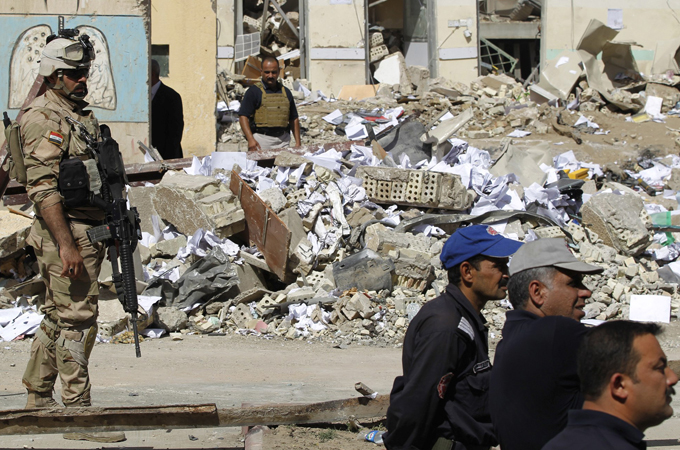By Ryan Aliman
Impunity Watch Reporter, Africa
PRETORIA, South Africa — A recent report by two civil society organizations on South Africa’s immigration policies brought to light the discrepancies between the legal requirements for the deportation of migrants and its anomalous application.

The findings of this report reveal that the deportation process involves an array of inconsistencies, violations and abuses consistent with other reports that have been carried out in the area over the last decade. This is despite the fact that South African law regulates the arrest, detention and deportation of illegal foreigners.
For instance, some of the undocumented immigrants were not informed of their illegal status and of their rights to contest their deportation at the time of their arrest.
The manner by which detention is conducted was found to be abusive. Detainees held in Lindela reported not going through any medical screening before detention. Data also shows a lack of access to medical services.
The report was also concerned with length of detention. According to law, detention must not last for more than 120 days. Contrary to this rule, however, it has been common practice to hold detainees for a much longer period. Several reports from legal experts described a release and re-arrest cycle of immigrants used to circumvent the 120 day maximum.
Another anomaly unearthed by the report is that the law leaves the detention of illegal foreigners on the discretion of immigration officers. The report shows that Immigration officers tend to favor detention such that suspected illegal immigrants are automatically detained as soon as they fail to provide the officers proof of their legitimate status.
South Africa receives more asylum seekers than any other country in the world with people mainly coming from Zimbabwe, the Democratic Republic of Congo, Burundi, Ethiopia, Rwanda, and Somalia to escape poverty, insecurity, and political turmoil.
The report noted that South Africa’s focus on deportation practice stretches the resources of the government to combat real criminals and creates a climate that encourages xenophobia.
“Deportations are an ineffective and an expensive policy as those deported almost always return within days,” the report said. “In a survey carried out by the civil groups, over 200 respondents out of 227 said they would return if they were deported, while 144 of them had already been deported before and returned,” it added.
For further information, please see:
IOL News – Groups Question SA Migrant Handling – 8 June 2012
News Day – Over 25,000 Zimbos Deported – 8 June 2012
SW Radio Africa – Concern Raised Over Ongoing Abuses in SA Deportations – 6 June 2012
The Zimbabwean – Over 7 000 Zimbabweans Deported From South Africa – 6 June 2012
For the report, please see:
The Solidarity Peace Trust and the refugee rights group PASSOP (2012) Perils and Pitfalls – Migrants and Deportation in South Africa. Durban: Solidarity Peace Trust: http://www.solidaritypeacetrust.org/1192/perils-and-pitfalls/

